Chitabe co-owner Dave Hamman is a world-renowned wildlife photographer, photojournalist, and documentary filmmaker. Over his long career, he’s produced imagery for National Geographic and other publications, as well as for two books: Running Wild: Dispelling Myths of the African Wild Dog, and Cheetah. Here he shares his experience of making photographs at Chitabe over the years, with some tips for guests – and there’s more from Dave on his website, davehammanphoto.com.
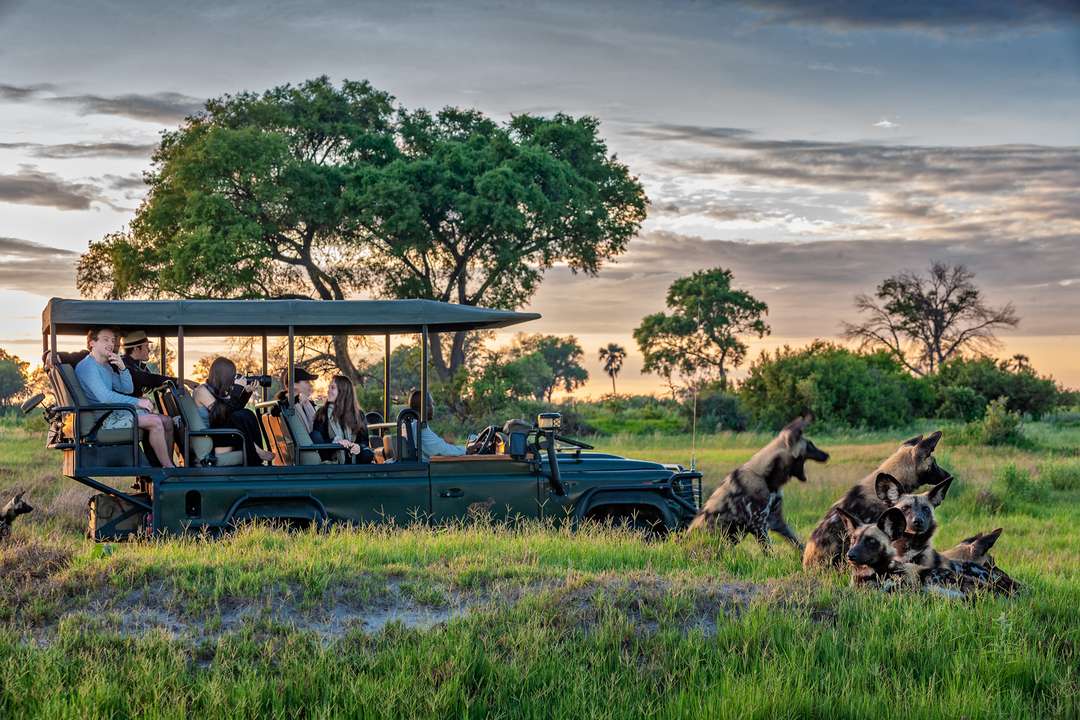
Botswana is a country with many diverse habitats, and Chitabe is the pinnacle of diversity and opportunity for wildlife photography. The variety of habitat at Chitabe gives rise to an unbelievable variety of species, both flora and fauna.
As a wildlife photographer there are many elements stacked against you, so mitigating against as many of those elements as possible certainly increases your chances. One major thing photographers are always chasing is light. Having an animal active in great light is the goal.
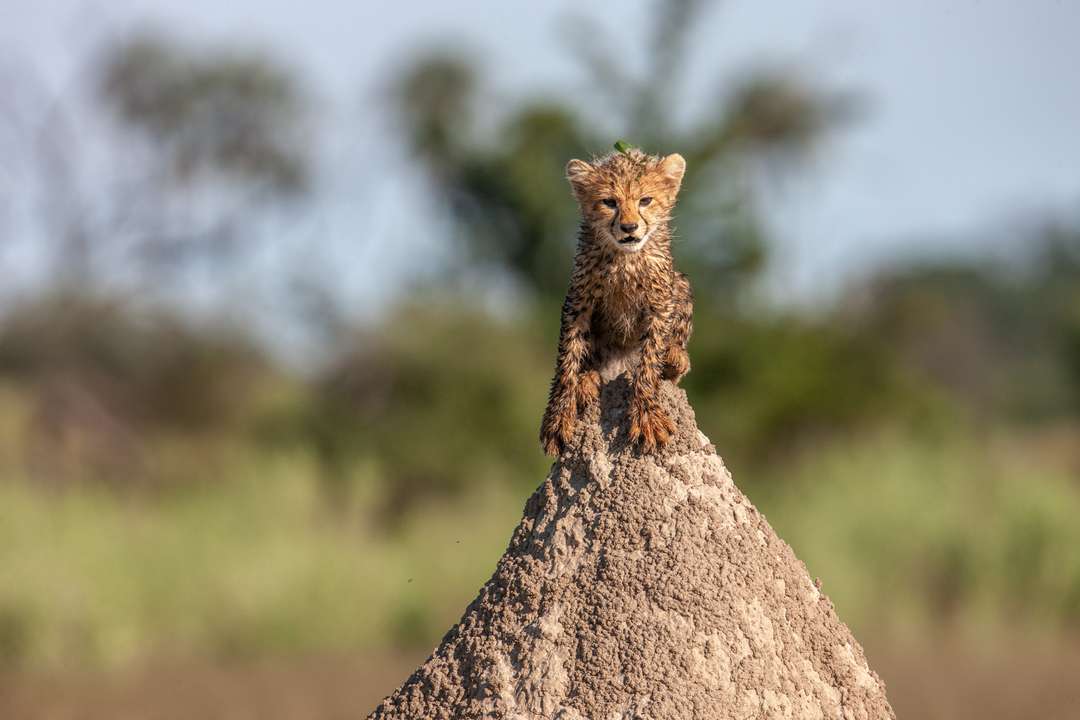
One can see wildlife in many places, but you often have to spend considerable time locating them. Often by the time you find them, the ‘great’ light has come and gone; for instance, you might wind up with a pride of lions lying up in the shade and not doing much. Chitabe sits in the midst of all that is happening out there, so it’s best to get an early start, before sunrise. Getting out on a drive early is always the best option, as it’s much better to be following something knowing that the great light is coming, rather than having that light immediately and nothing to photograph.
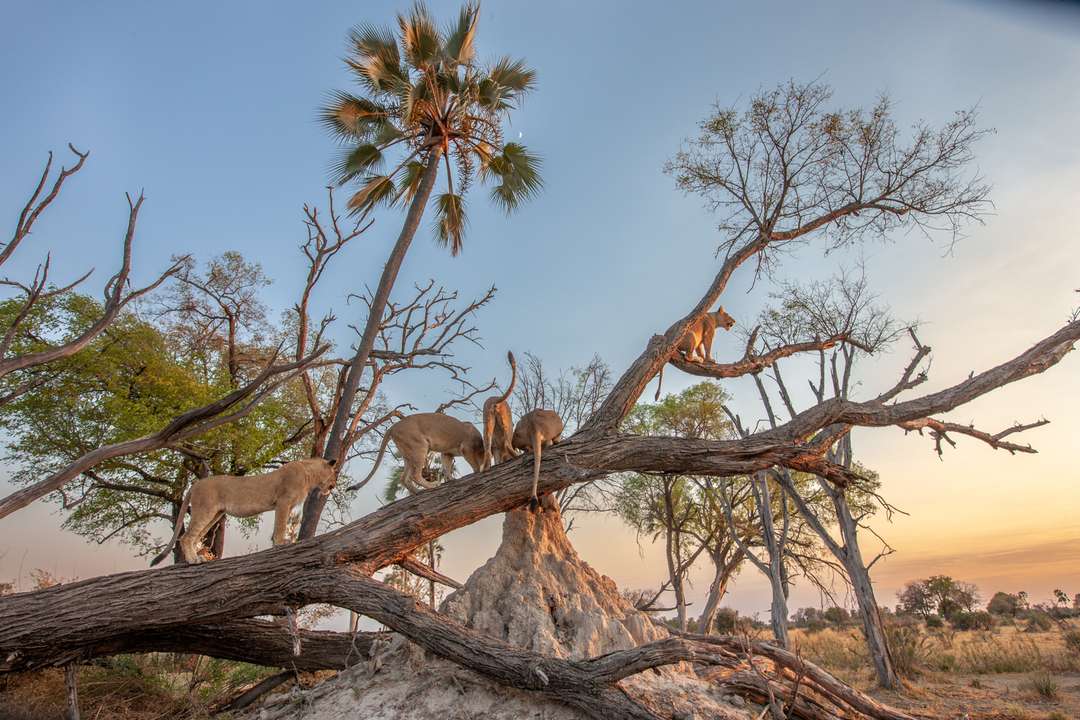




The storytelling component of photography is also an important element for me. If each image conveys something about the conservation issues for that species, then I have done my job. Another very important factor is knowledge, the key between ‘making’ and ‘taking’ images. Taking photographs is when one grabs a camera, heads out, and hopes for the best. Making an image is going out there with as much knowledge as you can gather of the area and animal you plan to work with, and to return with an image that tells a story. I always like to enter the field with a very good idea of what I would like to capture, but I am also prepared for any other opportunities that may arise. Research into the animal’s behaviour – I photograph a lot of predators – helps in anticipating what it will do next out in the wild. This of course is supplemented by many years of experience – including many times making the wrong call. Having all this knowledge can be productive only if the photographer can get as much time as possible in the field with his subject. In other words, the more time the more opportunities. Animals tend to do things at their own pace, and trying to force them to do differently is counterproductive.
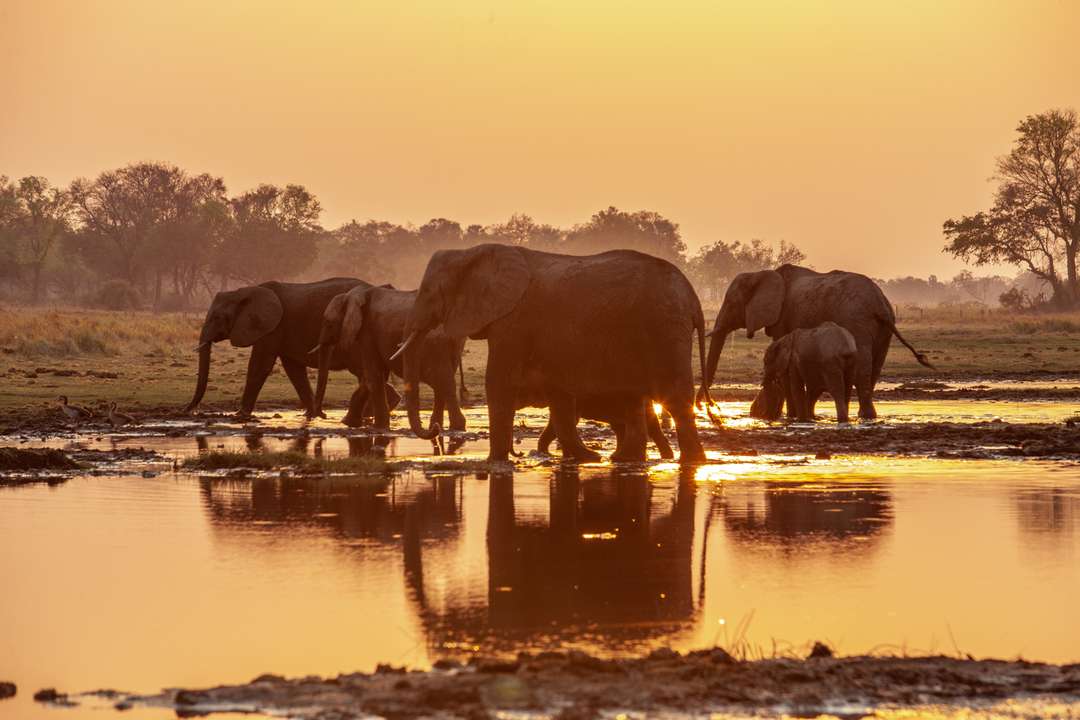
I like to work as close to eye level with the animal as possible. This puts you in his realm so basically you see what he sees, makes you more of a participant than an observer. To bring a portrait to life, enhancing the animal’s character, I like to try and capture that glint in the eye. If I happen to be working against the light, a flash dialled down will always help me out.
Photographers should also seek variety; many images of the same animal in the same habitat is not that engaging. Finding that interesting animal that you want to photograph early, and then following that animal through the variety of habitats at Chitabe, is what makes the area so productive. A morning drive trailing a pack of wild dogs, for example, can take you through the thick woodland of an island, over open, grassy plains, and around a corner where you could conceivably see the entire pack bounding through the shallow water of the floodplains. The more time you can spend with an animal going about its daily life, in as many different postures and in the widest variety of habitats, the better your chances will be of capturing that once-in-a-lifetime image that says it all.
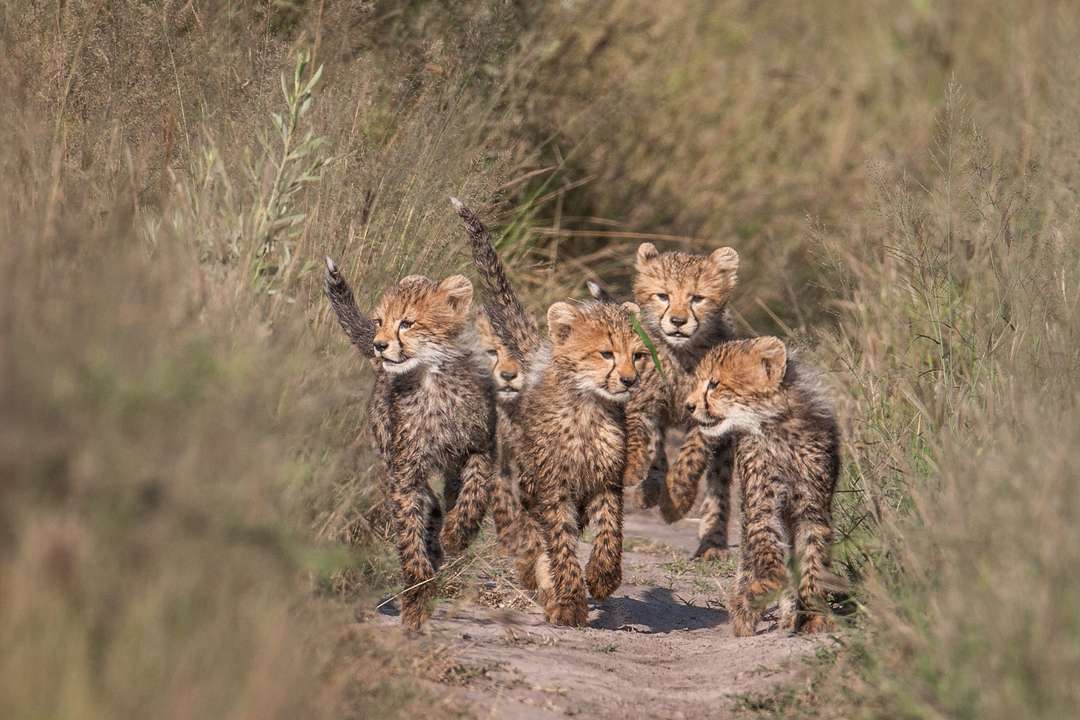
There is no real ‘best time of the year’ for photography at Chitabe. The time of the year relates to the images I want to make. It’s all about opportunity, and that is why Chitabe so often delivers. I enjoy the winter months, May – August, as the light remains low a little longer, and animals tend to remain more active through the early morning and late afternoon. It’s the time of the year when the Delta should be inundated, and so is a great time to capture some of those iconic images of predators hunting and interacting in water. During the summer months of September – October, when the shallow waters are starting to dry up, the interactions around the remaining pools are intense, often providing dramatic predator interactions. The months of November – April are a wonderful time to capture the abundance that the Delta has to offer. Everything out there is dropping their young, and every predator is making sure they don’t miss out on the easy pickings. This is also a great time of year for adding another dimension to the images: the vast cloud build-up brings extra drama and contrast to the bright green flush of new growth. It is a great time to work on shooting wide images.

Tips for our guests:
- Make sure you have spare batteries with you and also something to protect your equipment from dust.
- My personal preference in equipment is to use as long a lens as possible, preferably around the 600 mm focal length. This gives you the ability to shoot portraits and behaviour without entering the animals’ comfort zone, so they are more likely to be relaxed and continue as normal – just what a photographer needs.
- Although having said that, I have seen the most amazing images taken with an iPhone.
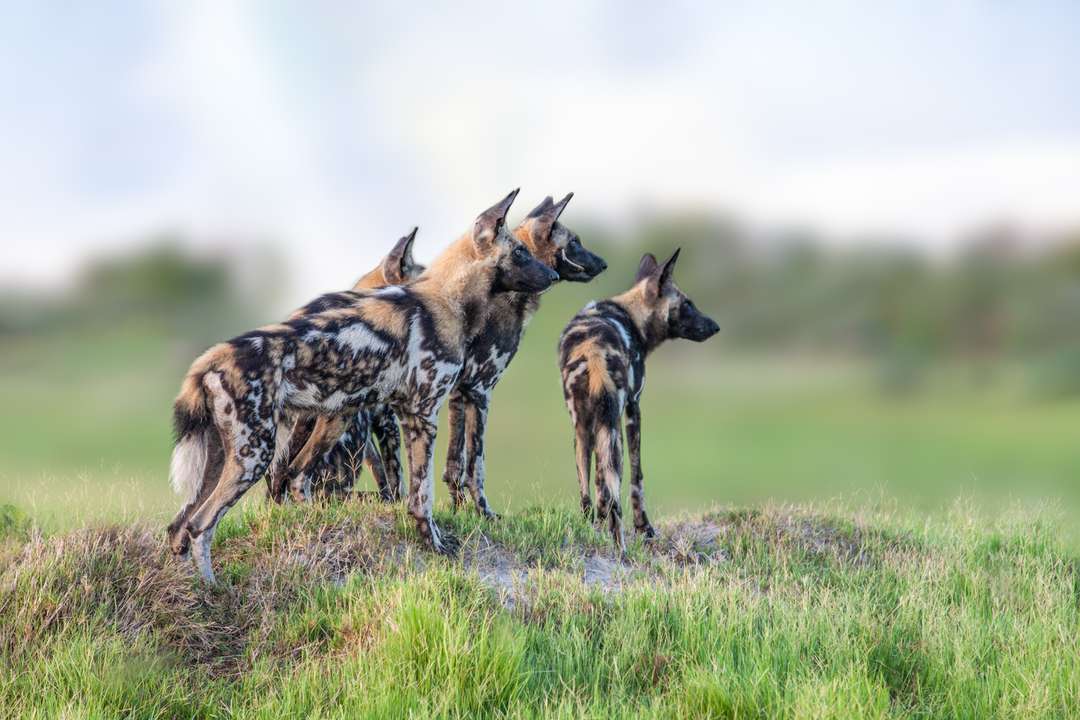
Much of capturing the right image is to have the opportunity, and Chitabe is a unique place that not only delivers opportunities but helps one succeed. Chitabe never ceases to amaze me with the diversity and abundance of wildlife, combined with the beautiful backdrop of classic Okavango scenery. It’s a photographer’s dream.
Photographs by Dave Hamman

Let’s plan your next journey
Ready?
When we say we’re there every step of the way, we mean it, literally. From planning the perfect circuit, to private inter-camp transfers on Wilderness Air, and easing you through Customs. We’re with you on the ground, at your side, 24-7, from start to finish. Ready to take the road less travelled? Contact our Travel Designers to plan an unforgettable journey.